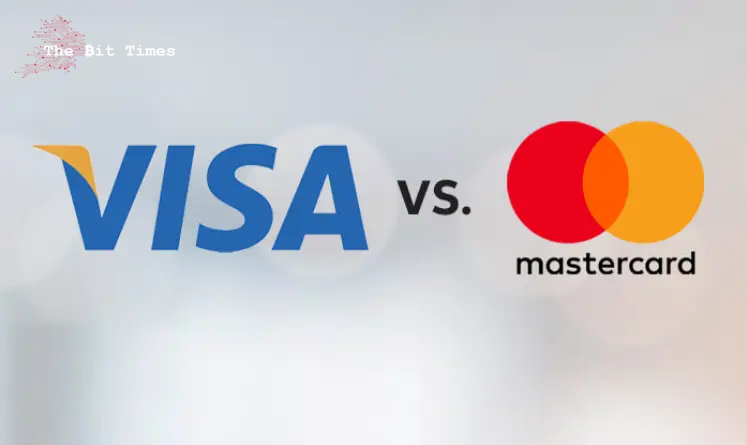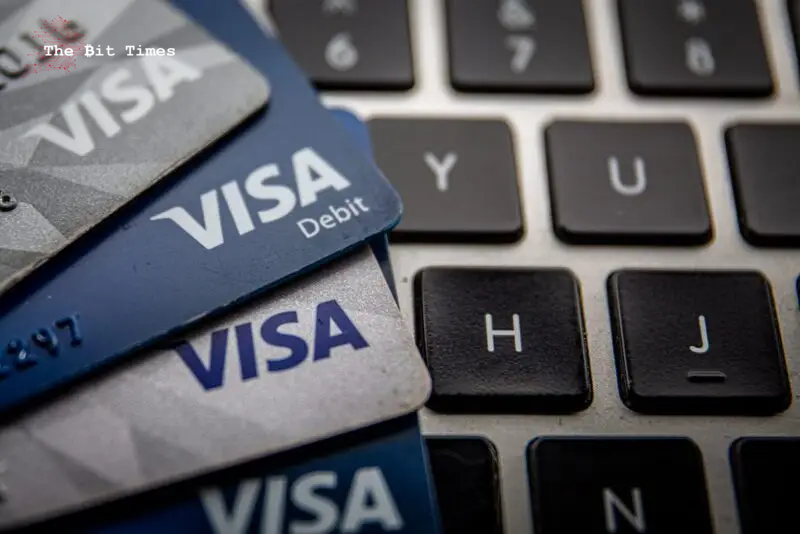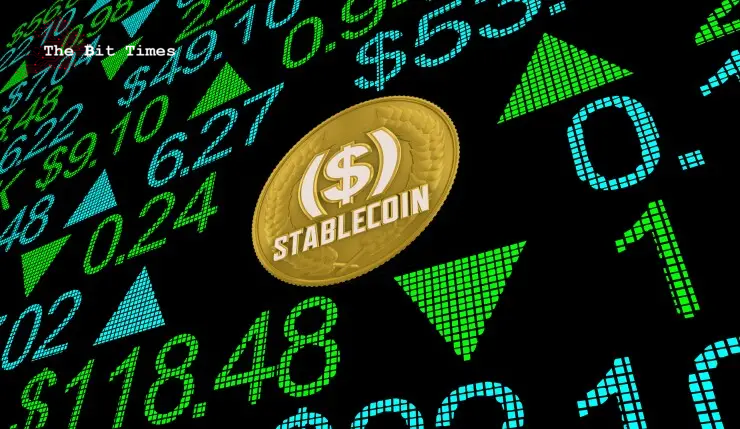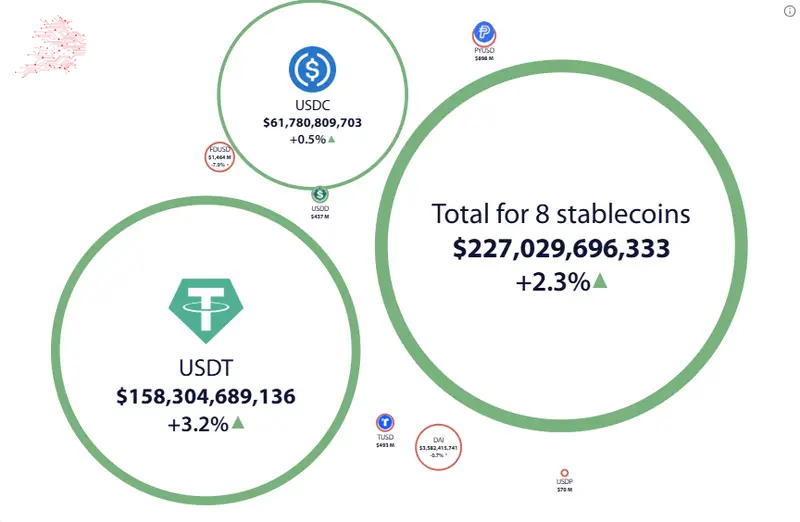Visa, Mastercard Race to Tame $253B Crypto Threat
Stablecoin crypto threat is reshaping payments right now as Mastercard launches zero-fee crypto cards, and this directly challenges Visa’s dominance in the $253 billion digital market. This Visa-Mastercard competition is intensifying as both giants race to capture the growing stablecoin payment system market.
Mastercard & Visa’s Strategic Moves in the $253 Billion Crypto Market

The stablecoin crypto threat has reached a tipping point, and it’s forcing both payment giants to adapt their strategies. Mastercard’s partnership with Bitget Wallet launched a zero fee crypto card that allows users to spend cryptocurrencies at over 150 million merchants worldwide, eliminating traditional barriers that have protected card networks from crypto competition.
Meanwhile, Visa has responded to the stablecoin crypto threat by launching its own stablecoin pilot program across six Latin American countries including Argentina, Colombia, Ecuador, Mexico, Peru, and Chile. The Visa & Mastercard competition has intensified as both companies recognize that US businesses paid $187 billion in swipe fees last year, and this revenue that zero fee crypto card solutions could potentially eliminate.
Also Read: Visa Launches Crypto Stablecoin Payments in Latin America
Jamie Elkaleh, CMO of Bitget Wallet, stated:
“We are witnessing massive demand for real utility for cryptocurrencies, and this collaboration with Mastercard and Immersve provides the infrastructure to make this vision a reality.” The rise of stablecoin crypto threats highlights this demand.
Jack Forestell, Visa’s Chief Product and Strategy Officer, had this to say:
“We’ve been tokenizing access to value for a very long time now.” Visa is aware of the threat posed by the stablecoin crypto sector.
Visa’s Stablecoin Strategy Against Mastercard

Visa’s approach to the stablecoin crypto threat involves allowing customers to transact in stablecoins using existing balances, with plans to expand to Europe, Asia, and Africa. This stablecoin payment system strategy positions Visa as an enabler rather than a disruptor, and it’s designed to preserve their existing infrastructure while embracing cross-border stablecoins.
The $253 Billion Market Battle

The stablecoin crypto threat has materialized into a $253 billion market that Treasury Secretary Scott Bessent projects could also reach $2 trillion within years. This explosive growth in cross-border stablecoins has created pressure on traditional payment networks, as stablecoin transfers reached $27.6 trillion in 2024, and this actually surpassed Visa and Mastercard’s combined volume.

Both companies are positioning themselves differently in this Visa Mastercard competition. Mastercard’s zero fee crypto card eliminates annual and top-up fees, while Visa focuses on integrating stablecoin payment system capabilities into their existing network infrastructure.
Also Read: Mastercard & MoonPay Launch Stablecoin Cards for 150M Merchants
The zero fee crypto card initiative demonstrates how the stablecoin crypto threat reshapes the payments industry, and both Mastercard and Visa position themselves to benefit from rather than let the growing cross-border stablecoins market displace them.
Comments
Post a Comment